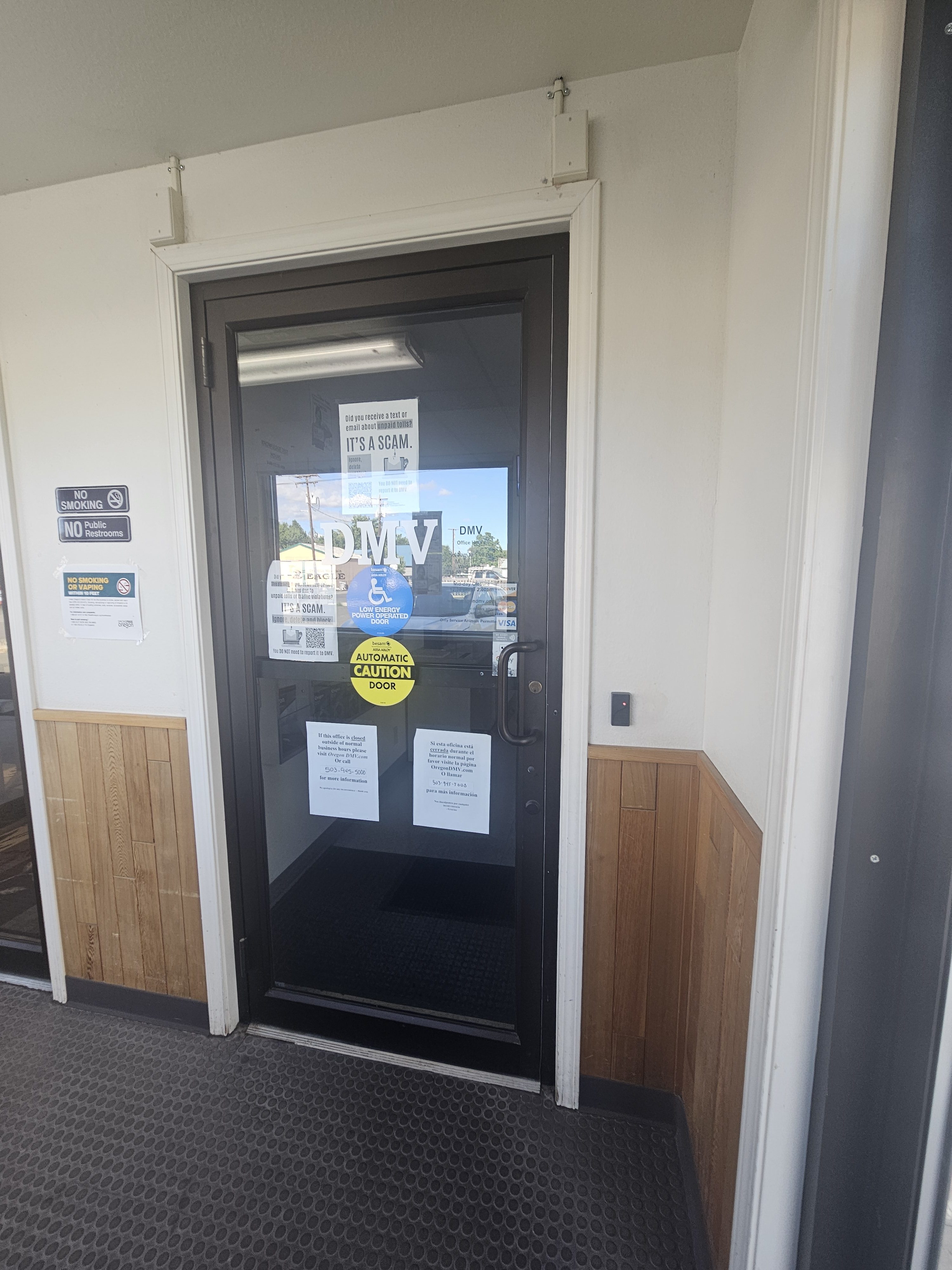Murderers Creek wolf killed after lethal take authorized
Published 7:42 pm Friday, February 2, 2024

- This map shows the areas of known wolf activity in Grant County, according to the Oregon Department of Fish and Wildlife.
SENECA — A radio-collared male wolf was killed by state wildlife managers in the Bear Valley area on Saturday, Jan. 27, in response to chronic depredation of livestock, according to the Oregon Department of Fish and Wildlife.
Trending
Previously, there were two wolves documented in the Murderers Creek Area of Known Wolf Activity. The second wolf has not been documented for almost three months. With the removal of the radio-collared wolf, the Murderers Creek AKWA is discontinued, according to ODFW.
The lethal take permit extension granted by ODFW to Bear Valley rancher Alec Oliver, who had suffered two livestock depredations last October and November, expired at midnight on Jan. 31 and is no longer in effect, officials said.
Oliver had been permitted to kill one wolf east of Highway 395 on his private land until Jan. 31. His permit had previously been set to expire on Dec. 31 but was extended another month.
Trending
Officials cited the continued danger to livestock in the area after three confirmed depredations were attributed to the Murderers Creek wolves since the original lethal take authorization on Nov. 9.
In addition to the updated permit, ODFW officials said agency staff had been authorized to remove up to two Murderers Creek wolves east of Highway 395 until Jan. 31. No more than two wolves were to be removed between the producer permit and agency action, officials said.
Oliver’s permit allowed for the killing of one wolf by USDA Wildlife Services or the livestock producer or their agent on the producer’s private pastures.
The Murderers Creek wolves consisted of a male and a presumptive female that have been documented, though officials say there could be more resident or disperser wolves in the area. The Murderers Creek area of known wolf activity is a rough triangle south of Dayville and Canyon City that includes Bear Valley, Seneca and Izee and crosses over on both sides of Highway 395.
Lethal take permits are only granted to qualifying livestock producers east of Highway 395, which runs through the middle of Grant County and acts as a dividing line for wolf management in much of Oregon. Wolves are federally protected from being hunted west of the highway because they are considered endangered.
As of Thursday, Dec. 28, there had been 10 confirmed attacks on livestock by wolves in Grant County in 2023, while 2022 saw only two confirmed cases. Experts say the trend points to the continued expansion of wolves into Grant County from Northeastern Oregon.
While the 10th confirmed depredation on Dec. 19 occurred in Bear Valley, where Oliver’s ranch is located, it did not involve his livestock, officials said. Still, the fact that there had been three recent depredations linked to the Murderers Creek wolves did result in the extension of Oliver’s lethal take permit and the new authorization for ODFW staff to kill up to two wolves within the Murderers Creek area of known wolf activity, said Ryan Platte, an assistant wildlife biologist for the agency.
“The depredations did lead to the extension,” Platte said. “Even though (the most recent one) did not occur on Oliver’s property, the fact that there were depredations within Bear Valley attributed to the Murderers Creek pack, there’s still the sense of danger to livestock from wolf activity.”
The male wolf in the Murderers Creek pair, known as OR141, was fitted with a radio collar by ODFW in March. Platte said in December that ODFW was tracking it daily. If an opportunity arose, and the wolf was found east of Highway 395, ODFW would call in a helicopter for ODFW staff to locate and kill the wolf, he said.
If OR141 was with another wolf at the time of the operation, the plan was to shoot the other wolf first so the radio-collared animal could still be tracked, Platte said.
“If the collared wolf is taken out, then aerial operations will cease,” Platte said. “Ideally, what we should do when we’re up there, if we find the collared one and an uncollared one, we would remove the uncollared one first.”









